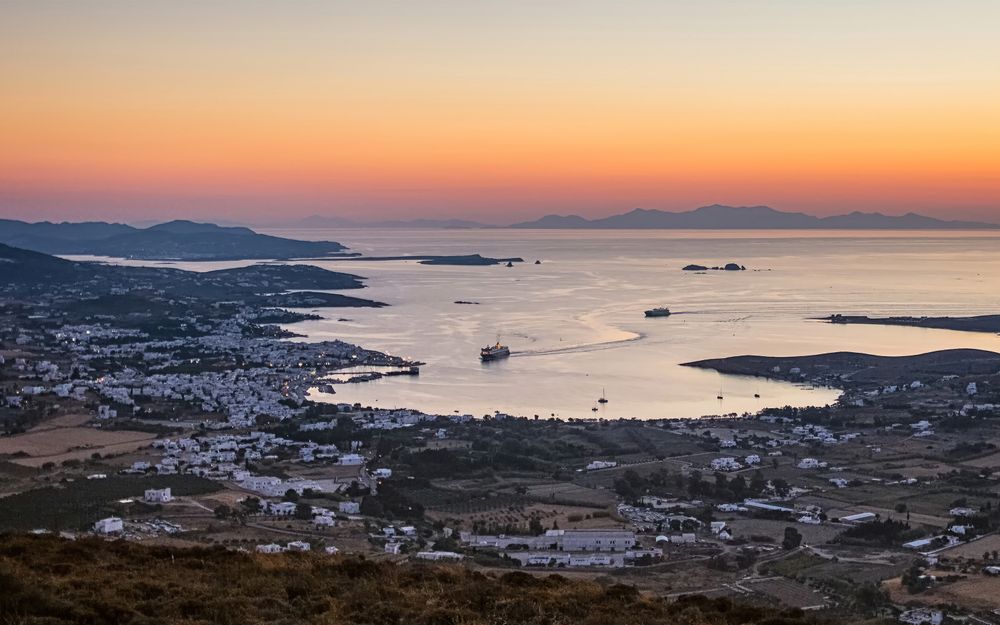Steeped in history, Parikia's name hails from the Middle Byzantine years (7th century), when "Pariki" signified settler or foreigner. Today, we understand that it was during this era that Ekatontapyliani, the Church of a Hundred Doors, was constructed upon an ancient Protochristian catacomb site.
Parikia, the spirited capital and harbour of Paros, carries with it a name drenched in history, harkening back to the Middle Byzantine era when "Pariki" signified settler or outsider. During that time, the Cyclades held the key to Byzantium's survival, as it grappled with the menacing Arab expansion sweeping across the Middle East. Churches sprang up across the landscape, reinforcing the Cyclades' Christian identity, while the Byzantine citizens were urged to settle on the islands. It was in this turbulent period that Ekatontapyliani, the Church of a Hundred Doors, rose from an ancient Christian catacomb site, standing today as a sentinel of Paros' past.
But Parikia has stories that stretch even further back, to prehistoric times when people were drawn to the area by its strategic position atop a hill and the protection of its harbour. The Kastro, now the centre of the Old Town, was the nucleus of these ancient settlements. This fortress, assembled by the Venetians in the 13th century, bore witness to history, as the ancient temple of Athina yielded its fragments for the construction. The Frankish era birthed a new town, which blossomed around the fortified Kastro and reached towards Ekatontapyliani, then known as Katapoliani, or the lower city in Greek.
Ambling through the town, one encounters a maze of cobblestone streets that twist and turn, as if dancing with the wind and perhaps playing a game of hide-and-seek with pirates long ago. The lifeblood of the town, Market Street or "Agora," has long been a hub where villagers from near and far would gather to exchange goods and stock their supplies. Drawing closer to the main square and the port, a residential lane lined with elegant neoclassical houses intersects with the market, guiding the way to Ekatontapyliani. The lane has now become an extension of Market Street, with shops, cafés and bars. Indeed, the allure of Parikia's Old Town is difficult to resist, a treasure trove nestled within the Cyclades.
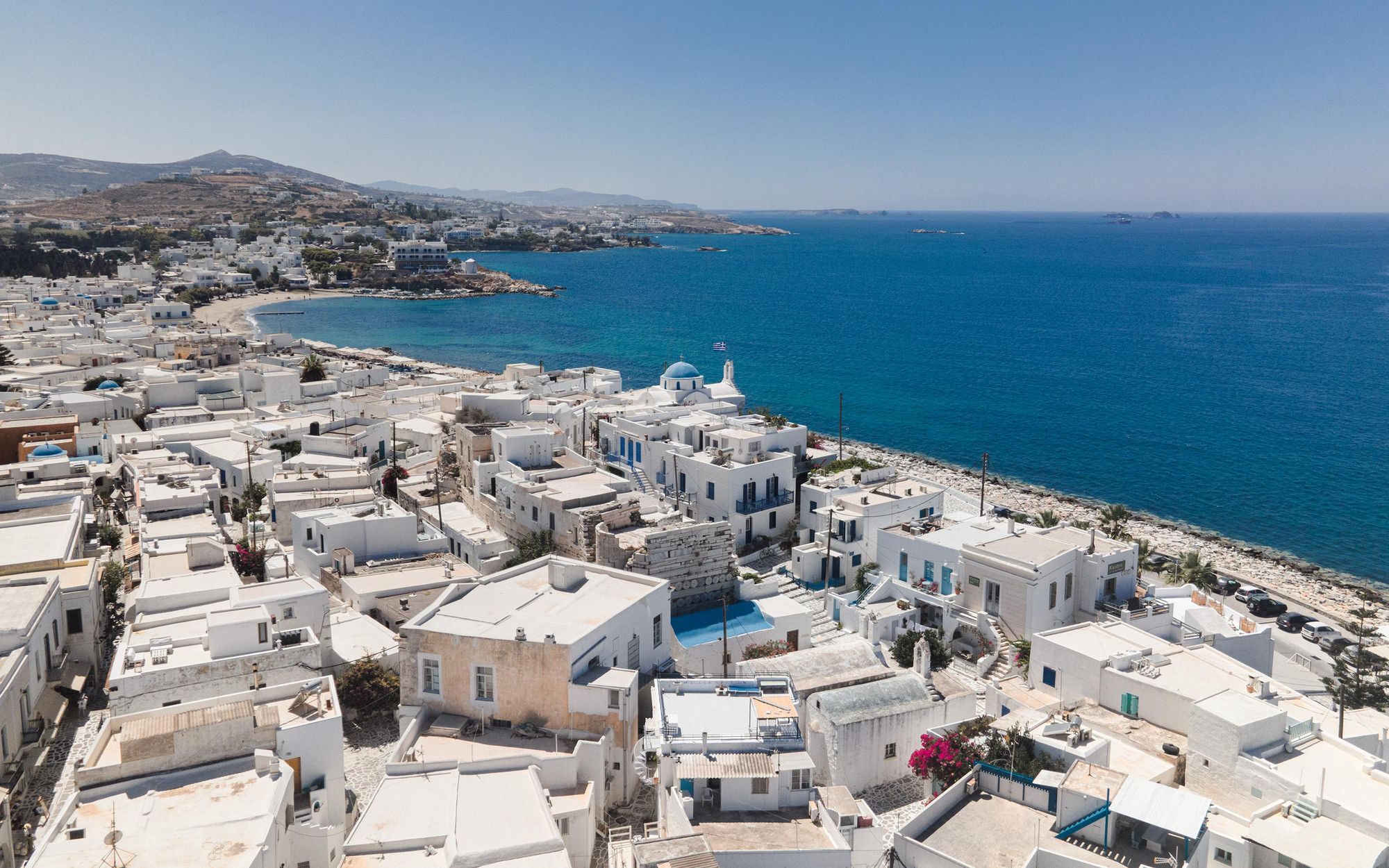
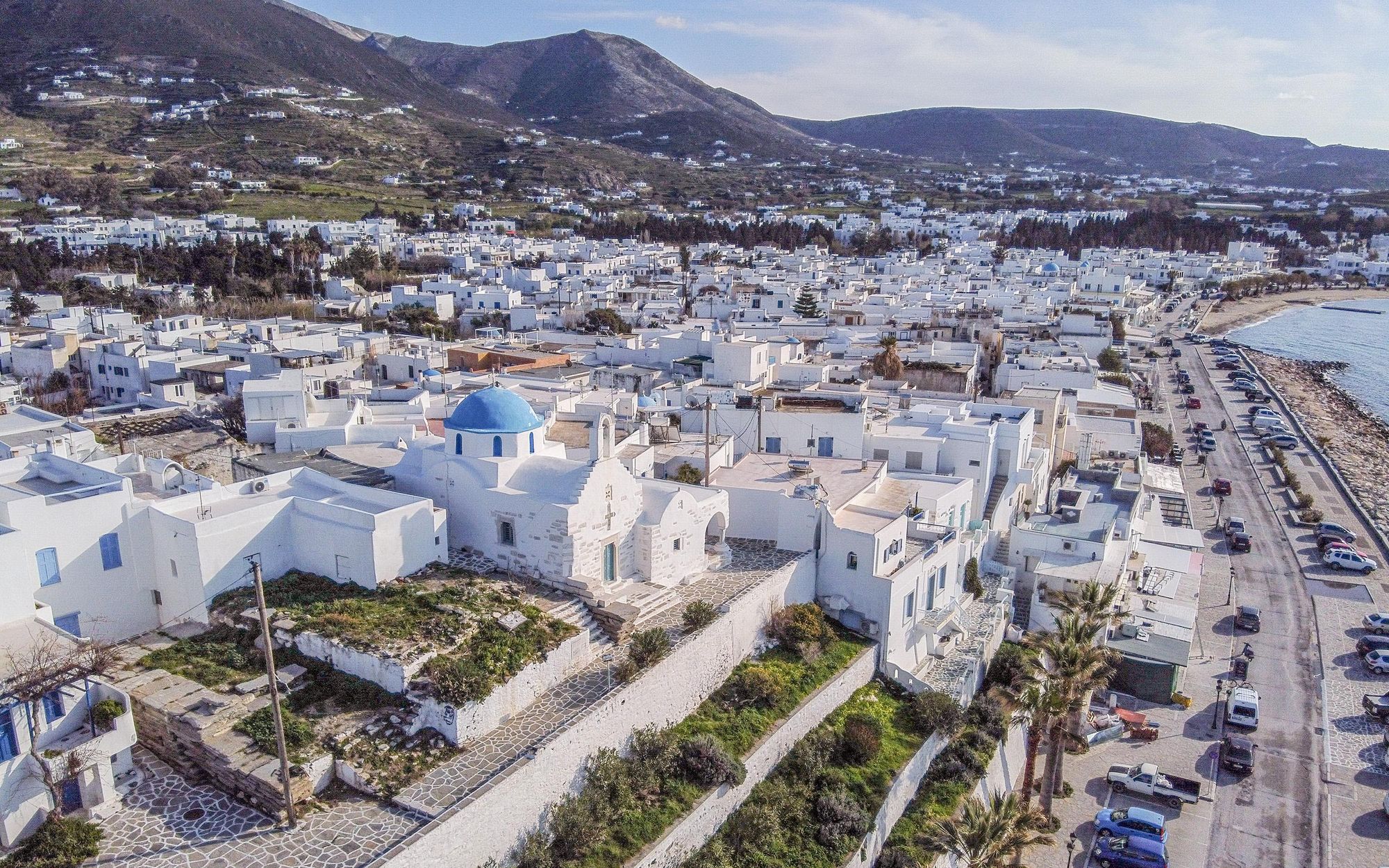
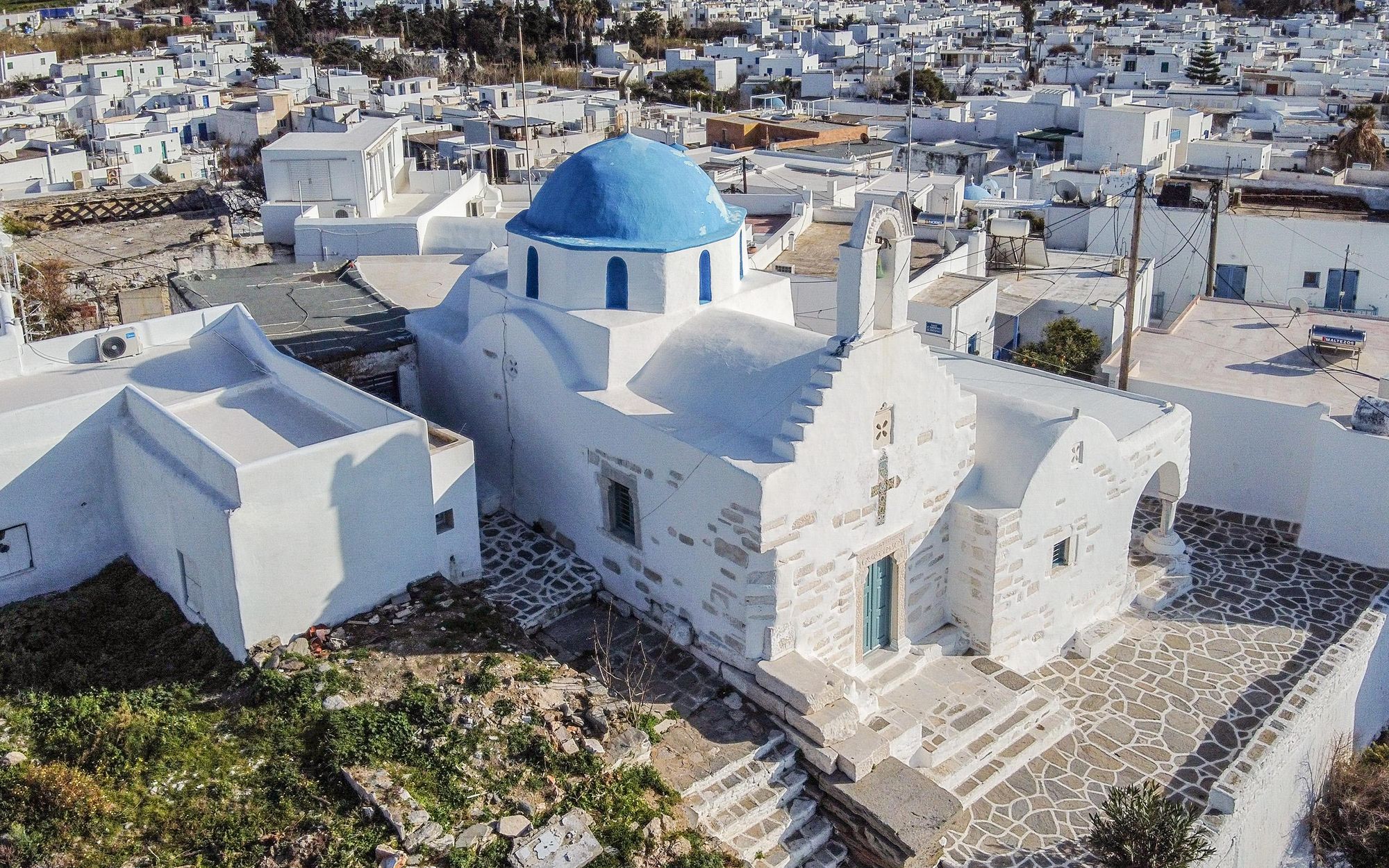
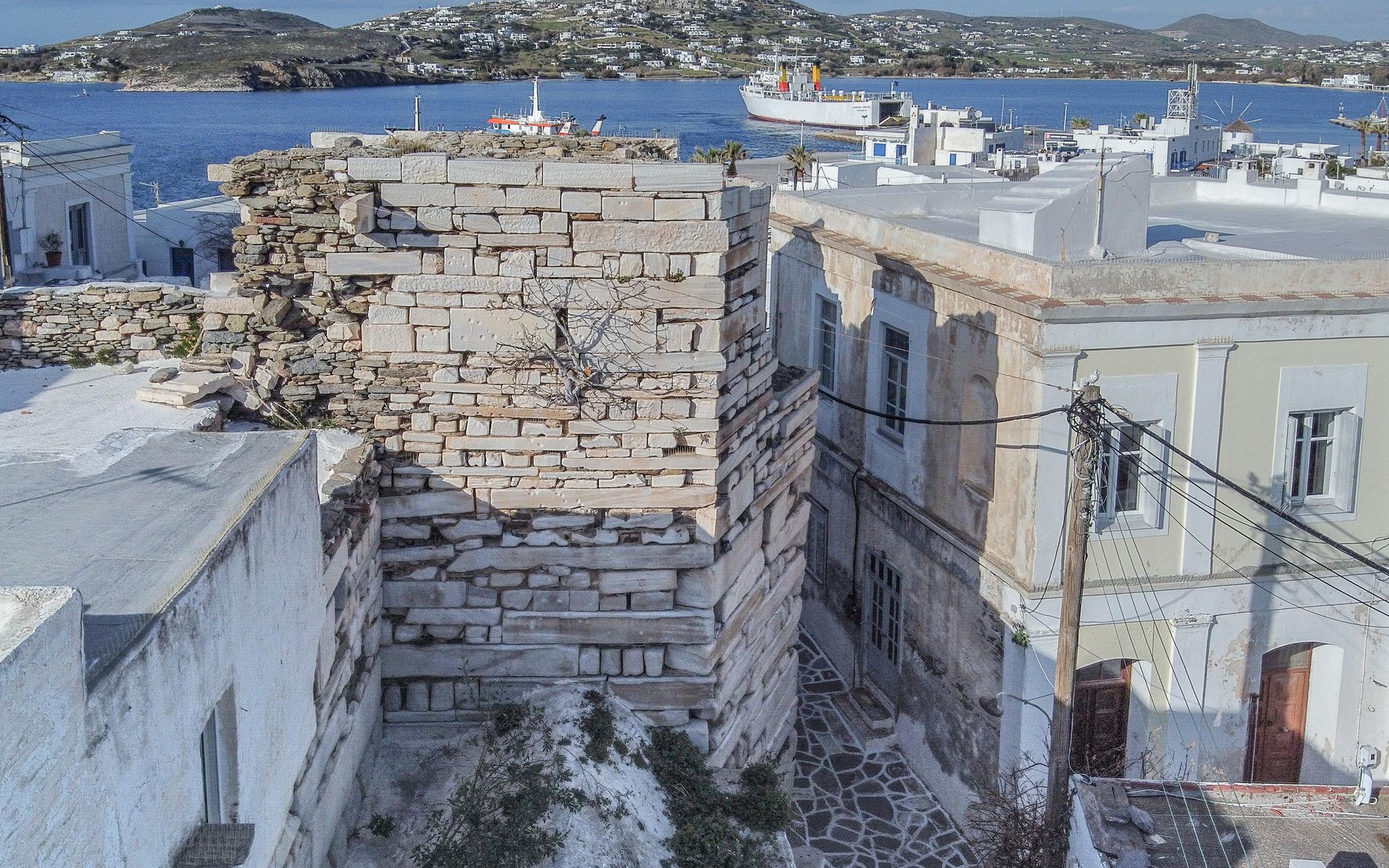
Located in the southwest of the city, the Kastro area retains a traditional and picturesque ambiance, providing a tranquil haven away from the bustling commercial activity of Market Street. This charming neighbourhood invites visitors to experience the authentic charm of Parikia's past. | Photos: digitalparos
Nestled in the heart of the old town of Parikia, Levantis Restaurant has delighted gourmets and travellers for years.
Open from early May till late October
Phone: +30 22840 23613
The Waterfront Promenade
The Old Town's charm extends westward, culminating at the waterfront promenade. Archilochos Street, a welcoming thoroughfare connecting Taxiarchon Church (currently one of Parikia's two Parish Churches) to the waterfront, once served as the entrance to the fortified city. Keep a keen eye to discern the gate, presided over by the watchful guard tower.
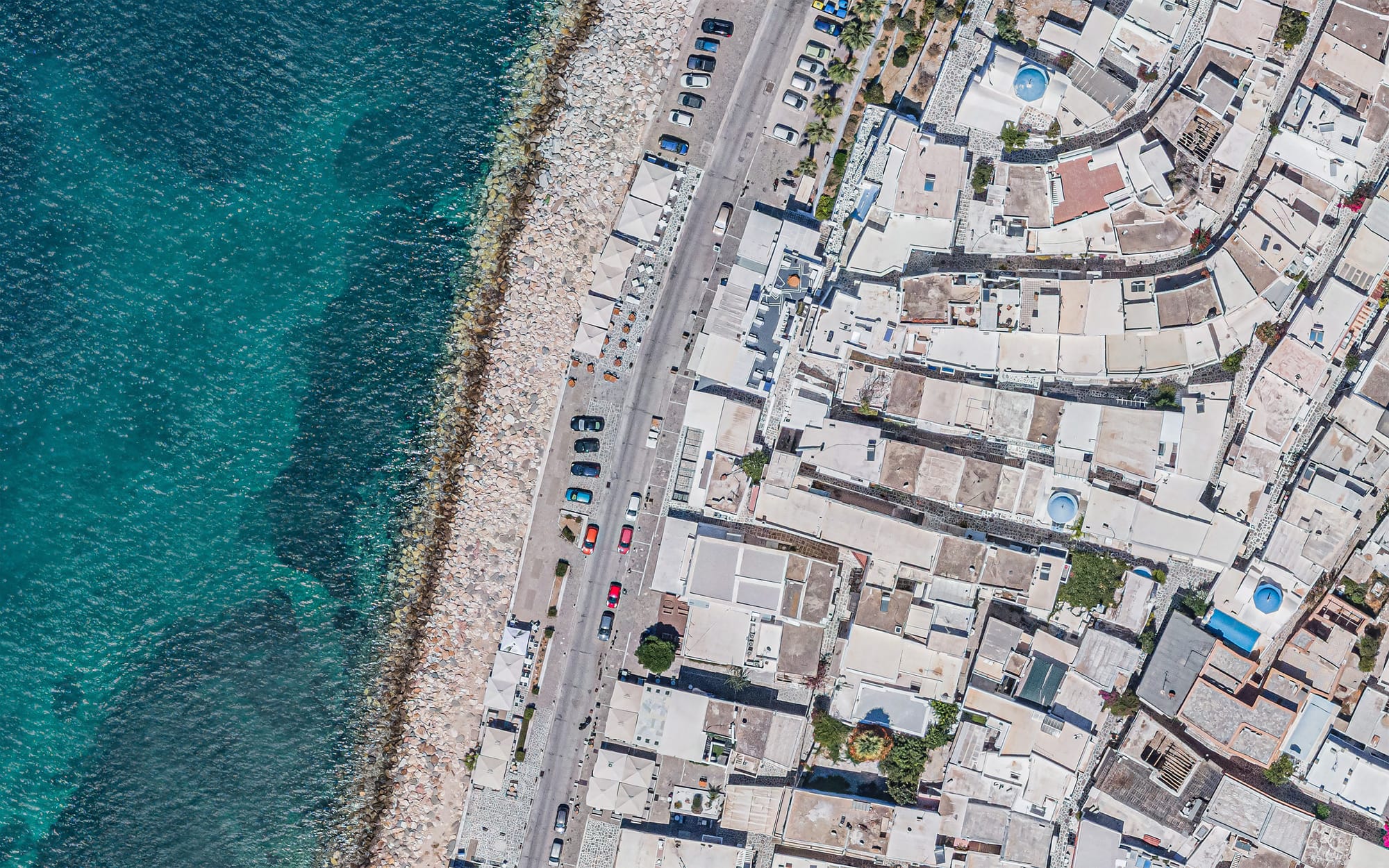
The waterfront promenade meanders along the southern edge of the Old Town's western flank, stretching from the Port to the second Parish Church of Parikia, Zoodocho Pigi (Source of Life). This vibrant stretch is home to an array of Parikia's cafés, bars, and restaurants. For those seeking the thrum of nightlife, venture past the church to find the lively scene in Potami (the river).
The Archeological Museum
Nestled behind Ekatontapyliani, the Archaeological Museum houses an impressive collection of artefacts unearthed from numerous excavations on Paros and Antiparos. This treasure trove of history offers a fascinating glimpse into the rich past of these enchanting islands.
Archaeological Museum of Paros
Established in 1960, the museum is situated in a building constructed adjacent to the High School of Parikia. As a result of its remarkable exhibits unearthed from excavations on Paros and Antiparos, it has earned a reputation as one of the most significant museums in Greece, offering a fascinating insight into the region's rich history and heritage.
Opening times: Monday - Saturday, 9:00 - 18:00
Open from May - October
Entrance Fee: 12 Euro per Person
The Monastery of Aghii Anargiri
Perched on the eastern side of Parikia, the hill of Agii Anargiri and the eponymous Monastery overlook the city from an altitude of approximately 250 meters. This vantage point, affectionately known as the Balcony of Paros, offers a breathtaking panorama of the city and the shimmering Aegean Sea.
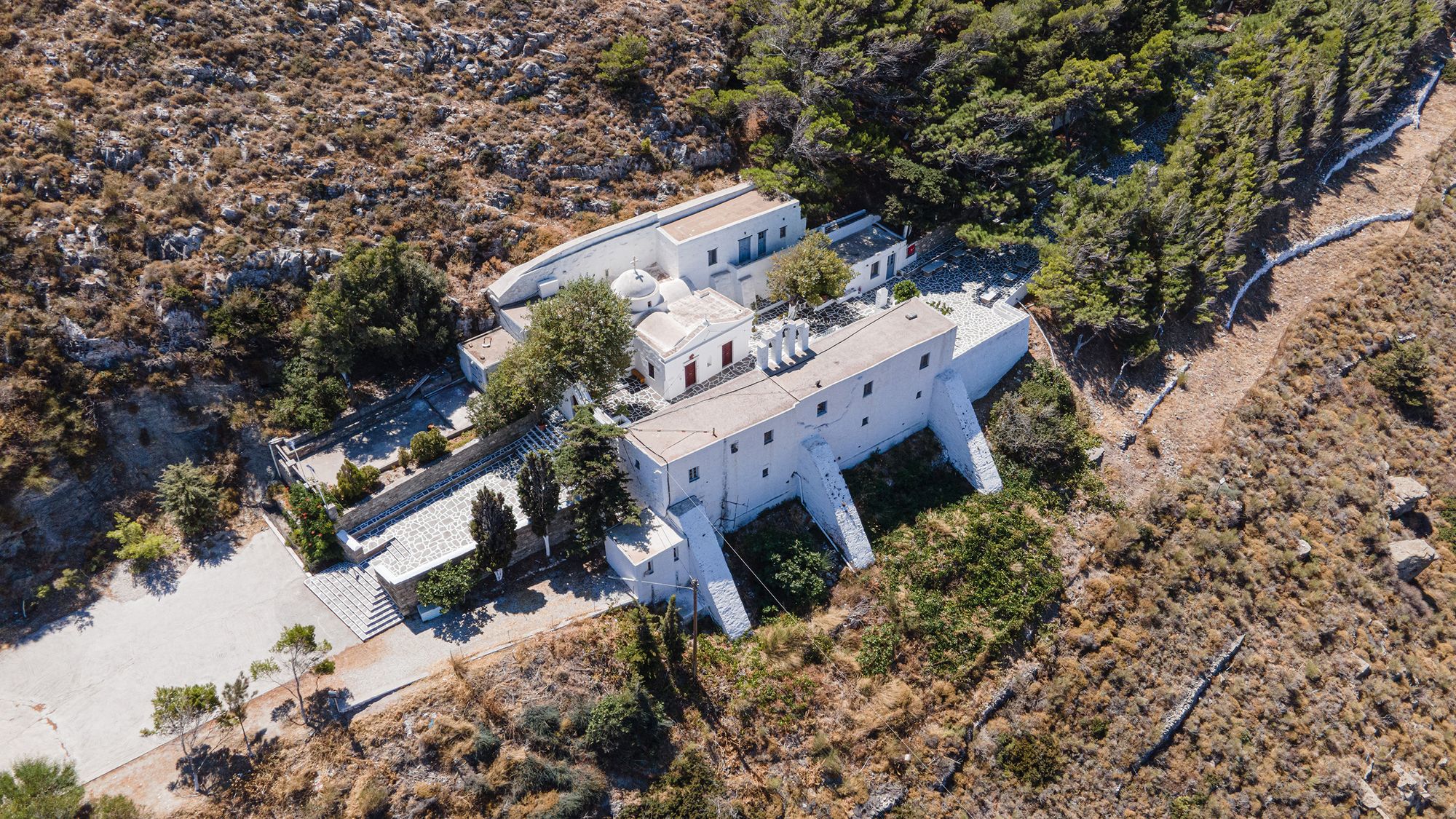
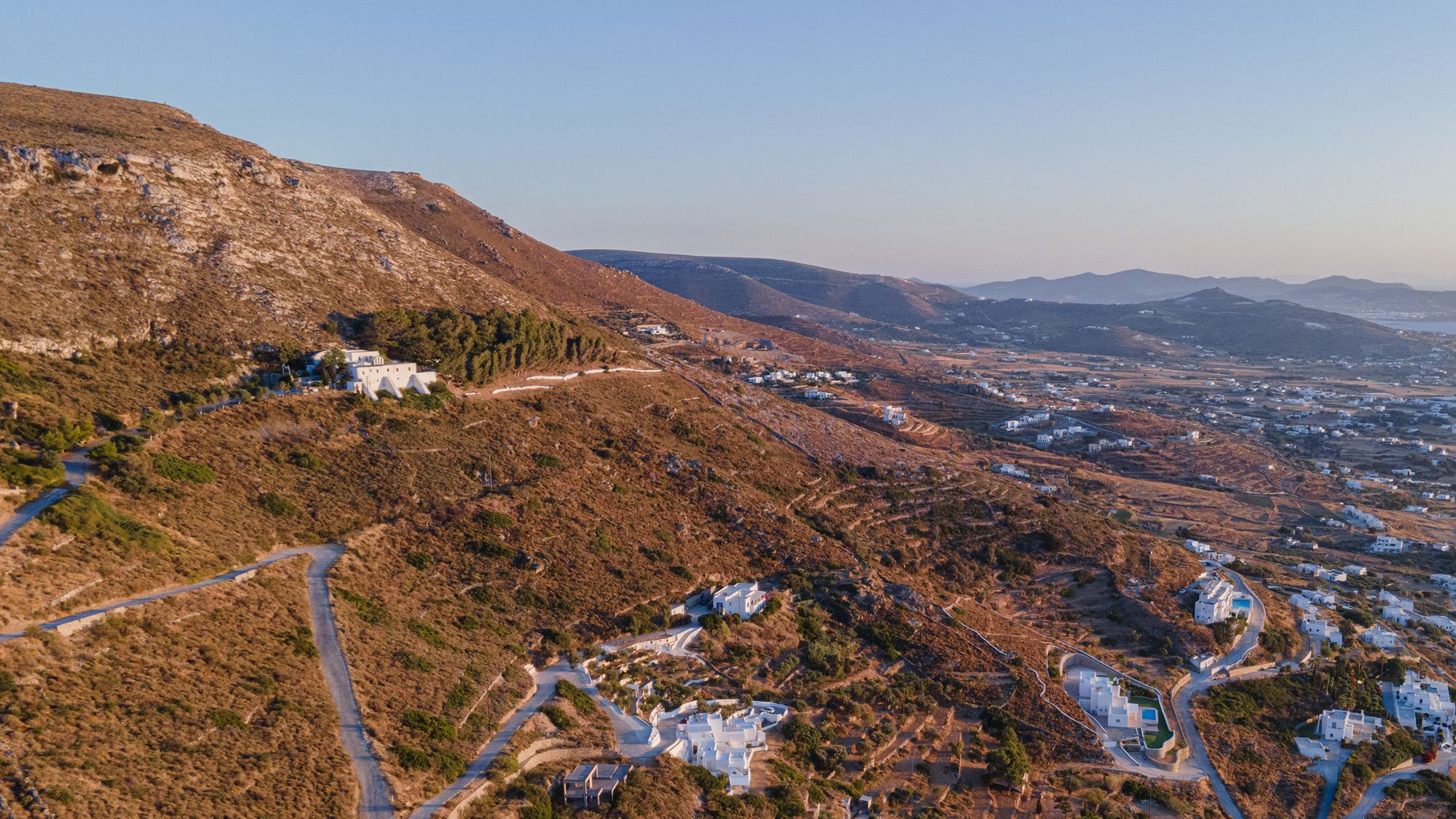
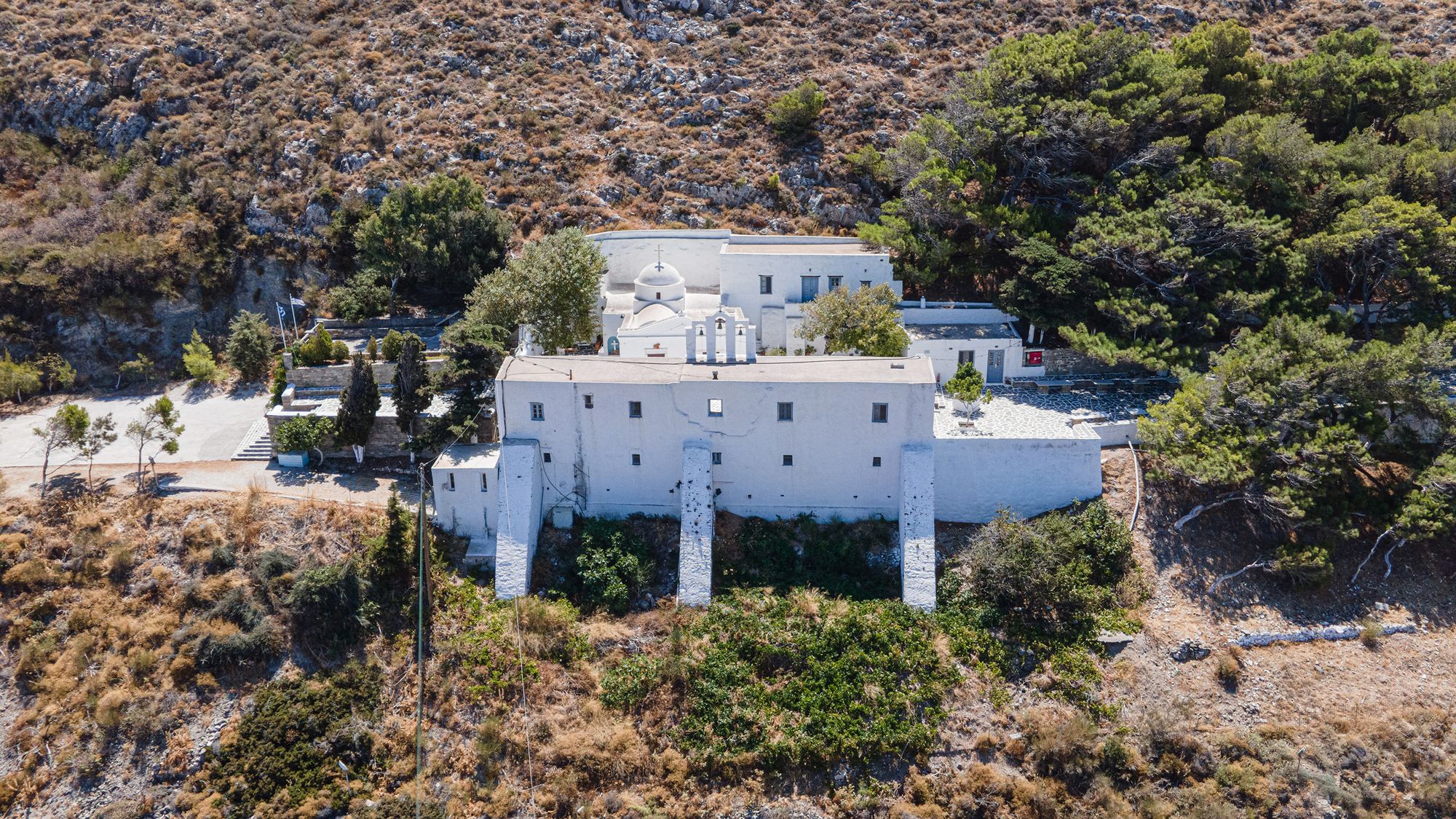
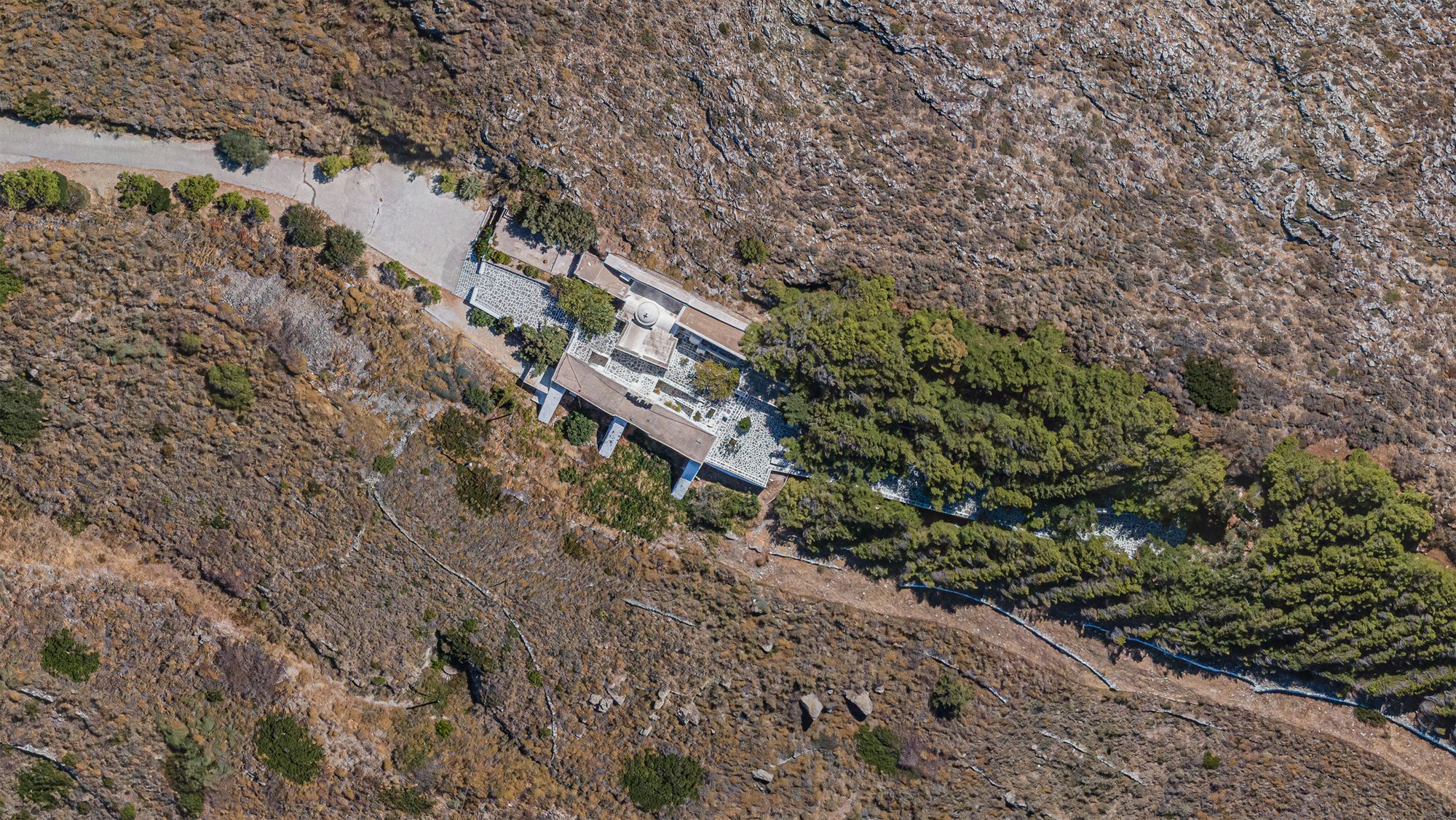
The Monastery of Aghii Anargiri | Photos: digitalparos
The Monastery of Agii Anargyri comprises a 17th-century Catholicon (the central church of the monastery), a complex of cells complete with essential auxiliary spaces, and a small chapel dedicated to Ag. Paraskevi. In 1666, a merchant from Constantinople constructed the monastery atop the ruins of an ancient temple dedicated to Asclepius, the ancient Greek god of healing and water. True to the tradition of Asclepius temples, a spring flows within Agii Anargyri's Monastery grounds, offering modern visitors a chance to refresh and perhaps even heal themselves.
In 1799, Abbot Iordanis expanded the Monastery to its current form, but it fell into disrepair and was abandoned just 50 years later. The ravages of time left the cells on the verge of collapse and the Catholicon in danger of crumbling into ruin. Fortunately, the combined efforts of the association "The Friends of the Monastery of Agii Anargyri" and the local Church managed to preserve this priceless heritage by undertaking restoration work.
Today, the small Monastery stands as a cherished landmark for both locals and visitors. Every year, on July 1st, the Monastery celebrates its Patron saint feast day with a lively "Panigiri" (feast) that brings the community together.
Livadia
In recent decades, the city has expanded northward from the Port, along the nearly kilometre-long sandy expanse of Livadia beach. Once a wetland, this area has transformed into a lively district, hosting a significant portion of Parikia's accommodations and, more recently, of restaurants. The beach is dotted with numerous tavernas, cafés, and shops, making it a favourite gathering place for both locals and visitors alike. Just a short distance away, the Nautical Club of Parikia provides sailing lessons for children and adults, enriching the coastal experience for all.
The Little Green Rocket
A waterfront Restaurant located by the Marina, with a global menu and a friendly atmosphere. Offers breakfast, lunch & dinner with a view of Parikia Bay.
Open every day from 08:00 until after midnight.
Off season - closed on Sun. evening & on Monday. Closed from beginning of Dec. till March.
Across the bay of Parikia
Venturing past the Nautical Club, a walking path traces the shoreline around the bay, guiding visitors to some of Parikia's most exceptional beaches. Along the way, one encounters the beaches of Krios and Marcello, a myriad of smaller, less crowded coves, and awe-inspiring vistas. After a delightful half-hour stroll around one of the Greek islands' largest natural harbours, the quaint Church of Agios Fokas stands sentinel at the bay's entrance, while a lighthouse welcomes arriving boats.
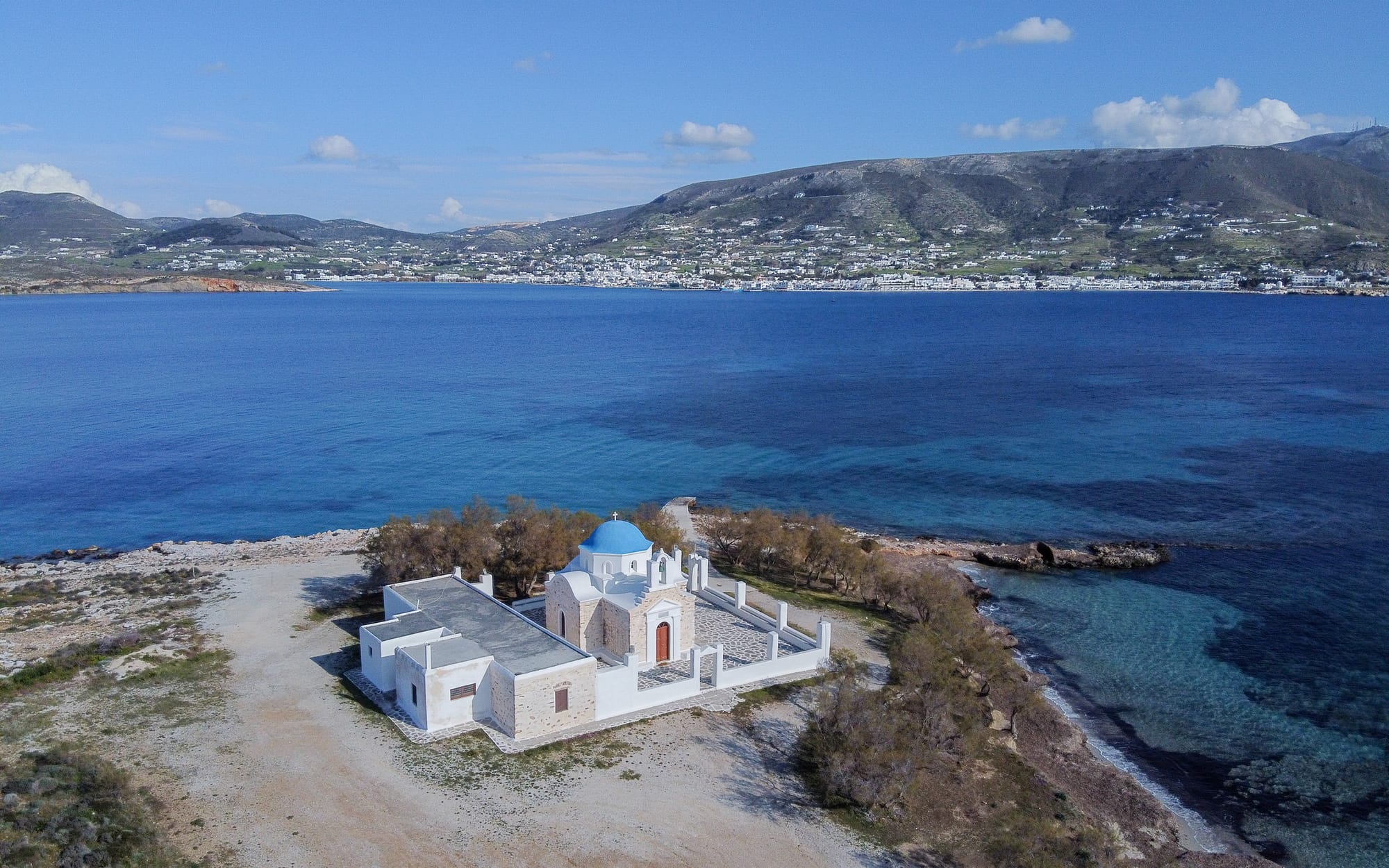
Though lesser-known, the sandy beach of Agios Fokas offers a unique experience. Blanketed with what many mistake for seaweed, the beach is actually covered in Posidonia oceanica, or Neptune grass—a seagrass vital to marine ecosystem health. Tamarisk trees provide shade, and with some provisions in hand, visitors can relish the tranquillity of an unspoiled beach, free from the distractions of umbrellas, sunbeds, and loud music. "Provatsa," a hardy variety of sea lavender, flourishes in the surrounding area.
Built in 1867 by the French Lighthouse Company, the lighthouse and its keeper's house stand as a testament to maritime history. The tower, rising 10 meters high, boasts a focal height of 14 meters. Local Parian fishermen later constructed the Church, complete with a pair of monk's cells.
